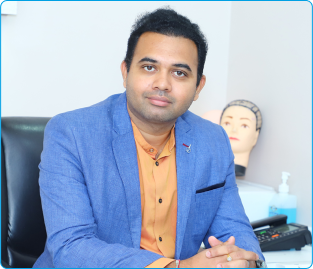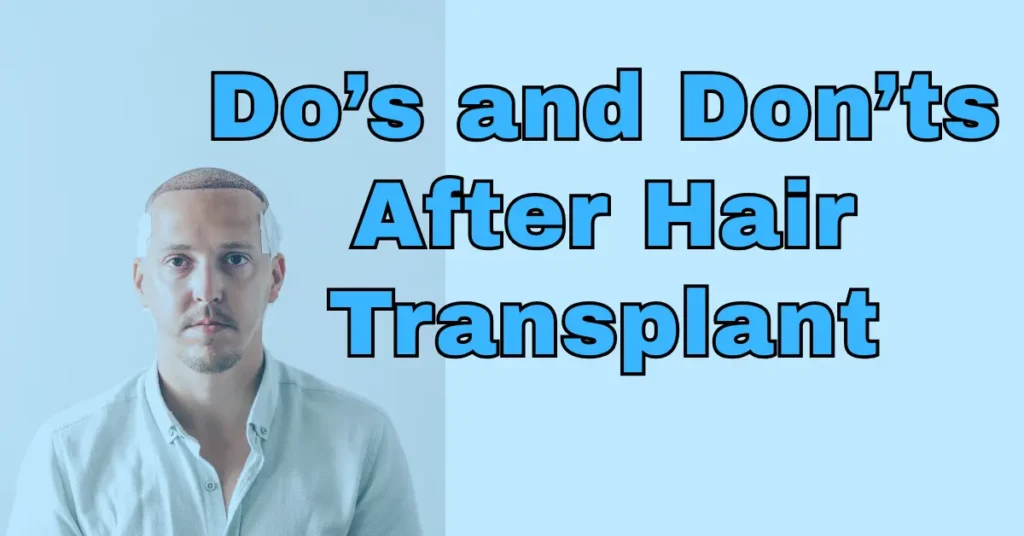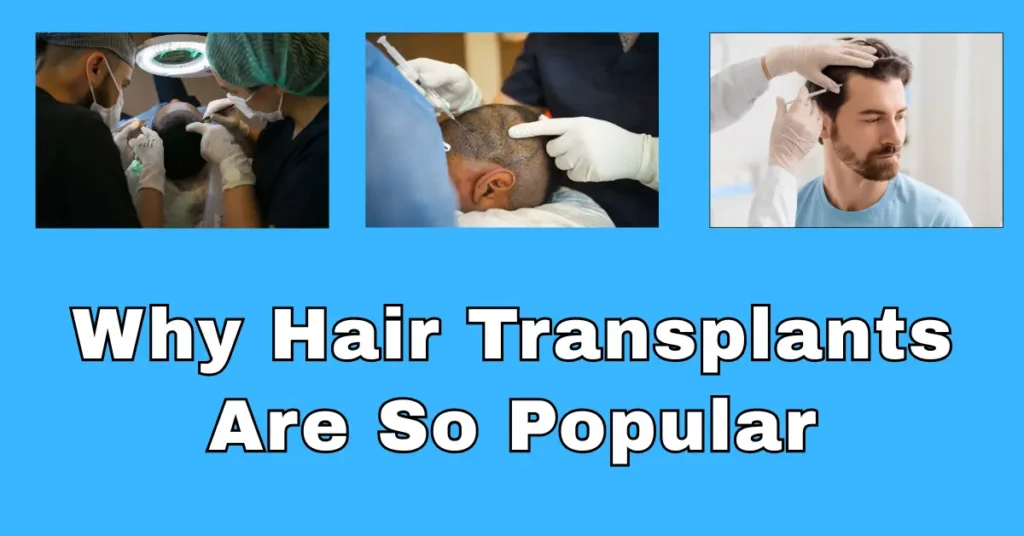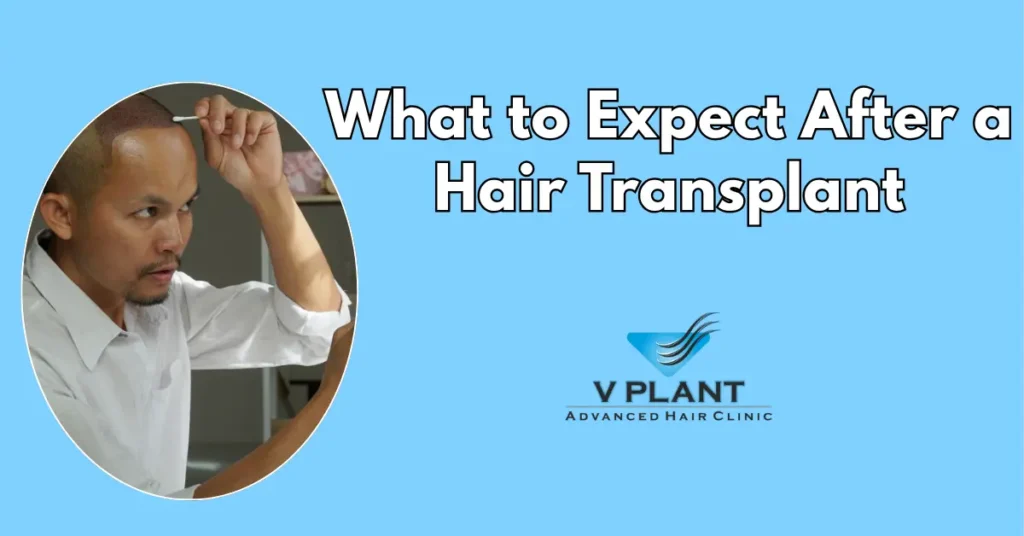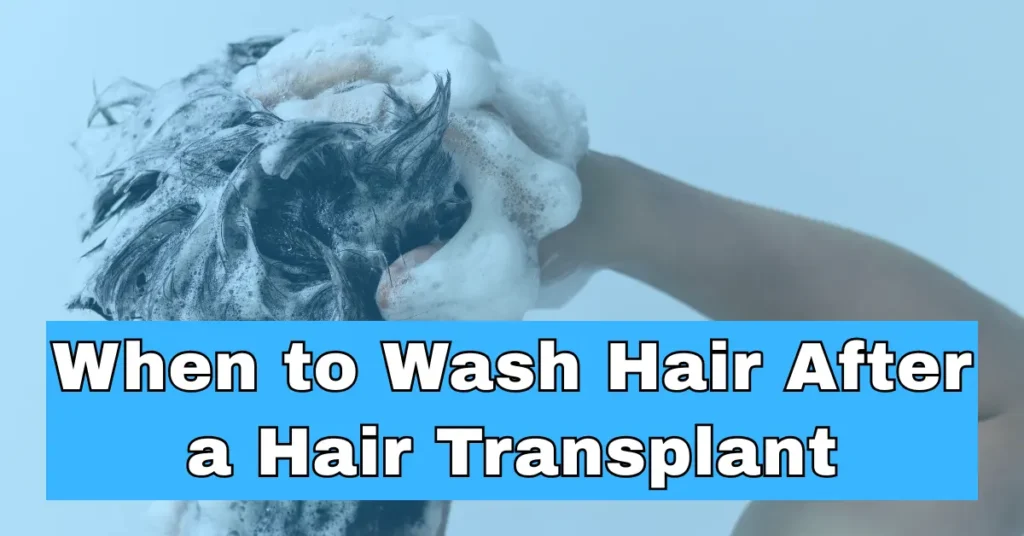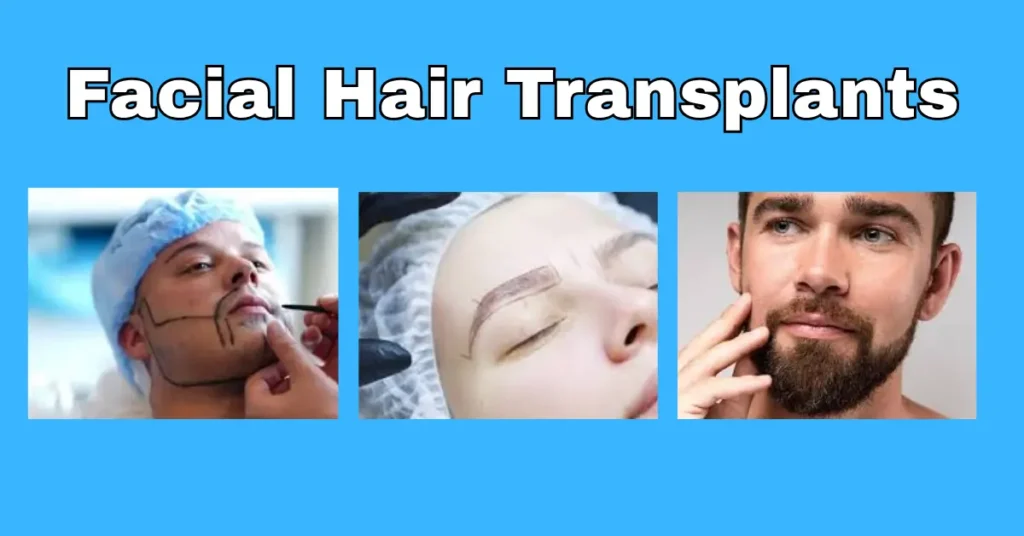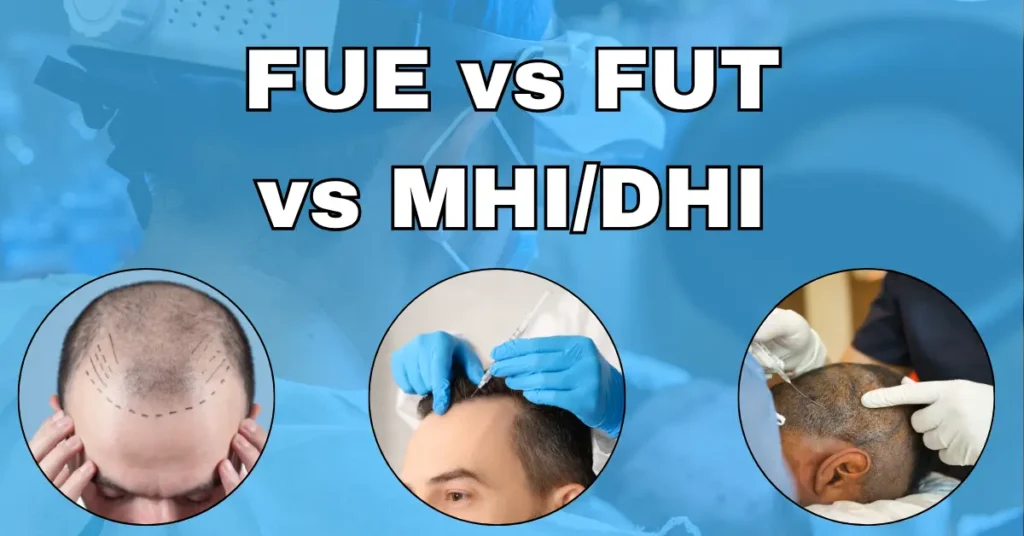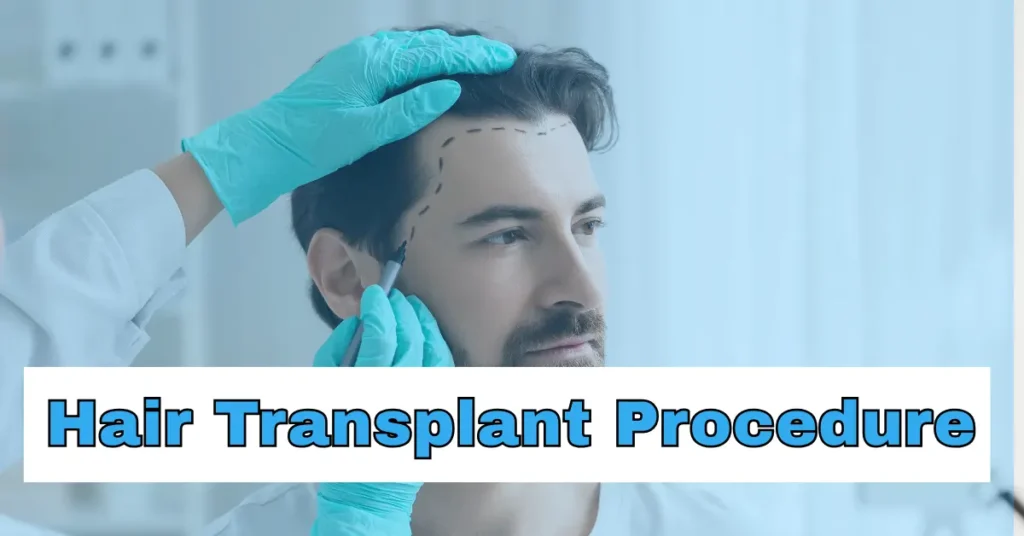Do’s and Don’ts After Hair Transplant: A Complete Guide helps anyone recovering from a hair transplant understand the essential steps for safe healing and effective hair regrowth. This guide explains which actions to follow and which habits to avoid after surgery, making it easier to protect your transplanted hair follicles and achieve natural, long-lasting results. Whether you’ve undergone FUE (Follicular Unit Extraction), FUT (Follicular Unit Transplantation), MHI, DHI, or other types of hair transplant procedures, knowing these guidelines prevents infection, reduces swelling, and ensures your new hair growth is healthy and strong. From gentle washing and proper sleeping positions to avoiding scratching or strenuous activity, these tips cover practical day-to-day care. Following this guide also helps manage hair transplant expectations and builds confidence during recovery. Perfect for anyone considering a hair transplant or in the healing process, it offers expert advice in a clear, approachable way that supports hair restoration.
Understanding Hair Transplant Recovery
After a hair transplant procedure, your scalp needs time to heal. The hair follicles are delicate and require careful care to survive and grow. During the first few days, small scabs may form, and mild redness or swelling might appear in the recipient area. These are normal signs of healing.
An experienced hair transplant surgeon provides detailed post-operative instructions. Following these steps improves the chances of hair regrowth, reduces complications, and protects your transplanted hair. Proper care is especially important if your type of hair loss is androgenetic alopecia or if you are treating bald spots in men and women.
Essential Do’s After Hair Transplant
1. Follow Your Surgeon’s Instructions
Every patient has unique needs. Your hair transplant surgeon tailors instructions based on your type of hair loss, the donor area, and the types of hair transplant techniques used. Following these directions carefully ensures optimal recovery and meets your hair transplant expectations.
2. Keep the Scalp Clean
Scalp hygiene is vital. Use only the recommended shampoo and wash gently. Avoid scrubbing or rubbing the recipient area. Cleanliness prevents infections and helps transplanted hair thrive.
3. Protect Your Scalp from Sunlight
Newly transplanted hair follicles are sensitive. UV exposure can damage grafts and slow hair regrowth. Wear a loose hat or stay indoors during peak sun hours for the first few weeks.
4. Take Prescribed Medications
Your doctor may recommend antibiotics, painkillers, or anti-inflammatory medicines. These reduce swelling, prevent infection, and protect hair grafts. Never skip doses or change instructions without consulting your hair transplant surgeon.
5. Sleep Properly
For the first nights, elevate your head at a 45-degree angle. This minimizes swelling in the donor site and recipient area. Multiple pillows or a recliner work well.
6. Eat Nutritiously and Stay Hydrated
A healthy diet supports hair restoration and faster healing. Include protein, vitamins (especially B-complex and E), and minerals like zinc and iron. Proper hydration keeps your scalp healthy for new hair growth.
7. Gentle Hair Care
For at least two weeks, avoid combing or brushing aggressively. Use soft brushes and skip styling products until cleared by your hair transplant surgeon.
8. Monitor Your Progress
Hair regrowth usually starts within 3–4 months, with significant results by 6–12 months. Regular check-ups help track your hair transplant experience and ensure transplanted hair is healthy.
Crucial Don’ts After Hair Transplant
1. Don’t Touch or Scratch the Scalp
Itching is normal, but scratching can dislodge hair grafts. Avoid picking scabs—they fall off naturally in 7–10 days.
2. Avoid Smoking and Alcohol
Smoking limits blood flow, slowing healing and hair regrowth. Alcohol increases swelling and can interfere with medications. Avoid both for a few weeks post-surgery.
3. Skip Strenuous Activities
Heavy workouts, gym sessions, or sweating can irritate the donor site and recipient area. Avoid strenuous activity for 2–3 weeks.
4. Avoid Heat Treatments
Saunas, steam rooms, and hair dryers can weaken transplanted hair follicles. Avoid heat until fully healed.
5. Don’t Use Styling Products
Gels, sprays, or waxes can irritate your scalp. Only use them after your hair transplant surgeon permits.
6. Avoid Tight Hats or Helmets
Tight headgear can rub the recipient area and damage hair grafts. Wear loose hats only after a few days.
7. Don’t Panic About Shedding
Some transplanted hair may fall out in 2–4 weeks (shock loss). This is normal. Hair regrowth occurs in phases, so stay patient.
Long-Term Care for Hair Transplant Success
Even after immediate recovery, long-term habits impact hair transplant surgeries:
- Regular Check-Ups: Track progress with your hair transplant surgeon.
- Balanced Diet: Nutrient-rich foods promote healthy hair follicles.
- Reduce Stress: Stress can affect hair regrowth. Yoga or meditation helps.
- Scalp Massage: Gentle massage improves blood flow to the donor area and recipient area, aiding hair restoration.
- Hair Loss Treatment: If you continue to lose hair, consider medical solution for hair loss like minoxidil or finasteride under guidance.
Common Mistakes to Avoid
- Overwashing: Can dislodge hair grafts.
- Sleeping on transplanted areas: Increases swelling.
- Ignoring infection: Seek your hair transplant surgeon immediately if redness, pus, or pain appears.
- Expecting instant results: Hair regrowth is gradual—manage hair transplant expectations.
Benefits of Following Post-Operative Guidelines
By adhering to the do’s and don’ts after hair transplant, you can:
- Maximize survival of hair follicles
- Reduce risk of infection or complications
- Achieve natural-looking transplanted hair
- Ensure faster and stronger new hair growth
- Support long-term hair restoration
Proper post-surgery care is as important as the hair transplant procedure itself.
Conclusion
Hair transplant surgery is a major step toward resolving hair loss and restoring confidence. Understanding the do’s and don’ts after hair transplant ensures your hair transplant experience is smooth, your transplanted hair thrives, and hair regrowth meets your hair transplant expectations.
Consulting an experienced hair transplant surgeon is essential. With proper care, whether through FUE, FUT, MHI & DHI methods, or other types of hair transplant procedures, your hair grafts can grow naturally, filling bald spots and giving long-term results for men and women dealing with androgenetic alopecia or other types of hair loss.






